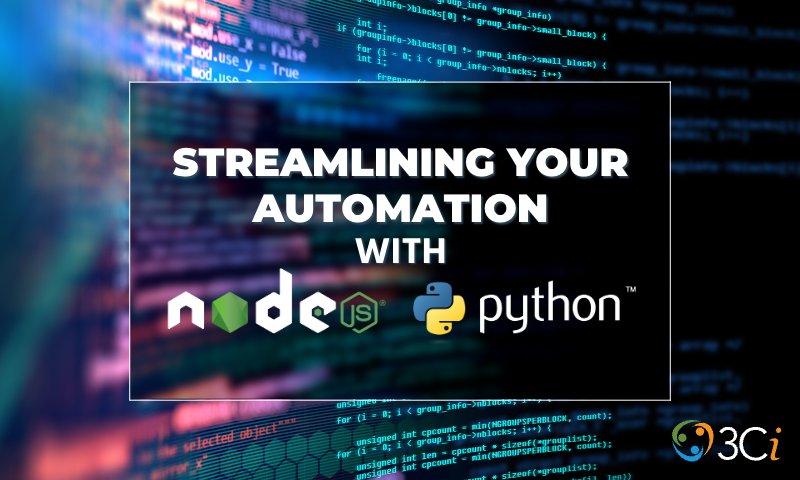Child processes are a core concept in both Python and Node.js programming. They are a powerful tool that allows developers to spawn other processes within an existing application to achieve better parallelism and scalability. By leveraging these techniques, developers can create faster and more efficient applications that use available resources more efficiently. This makes them especially well-suited for large-scale systems where performance is essential.
Exploring Child Processes in Python and Node.js
In Python, child processes are a way to parallelize the execution of code. These processes are spawned from a parent process and can take different forms depending on the Python interpreter used. Generally, these child processes are created using either the multiprocessing or subprocess modules when using Python. The multiprocessing module creates new Python interpreters that run in their own memory space, while the subprocess module allows Python applications to launch other applications as a separate process.
Both methods offer advantages in terms of speed and scalability but come with their own set of downsides, such as memory usage and inter-process communication.
In Node.js, child processes allow for multiple threads of execution within an application by creating separate instances of the Node.js process. This allows for asynchronous execution and improved performance when running multiple tasks simultaneously.
Node.js child processes can be created by calling a Python script or using the built-in ‘Child_process’ module, which offers various methods to spawn a new process, such as fork() and exec(). Node.js also provides a range of modules that make interacting with the spawned processes easy, allowing developers to manage and monitor their applications more efficiently.
Overall, both Python and Node.js offer powerful tools for creating child processes. The specific use case will determine which language is best suited for the job – Python’s multiprocessing module is better suited for CPU-bound tasks, while Node.js’s Child_process module is better suited for I/O-bound tasks. Ultimately, understanding the different ways of working with child processes in Python and Node.js is essential to building efficient and reliable applications.
What Are the Benefits for Businesses?
Child processes can reduce processing times and enable more efficient use of resources. This, in turn, can lead to cost savings and improved customer experiences. Ultimately, leveraging Python and Node.js’s child process capabilities is essential for any business looking to keep up with the ever-evolving technological landscape.
By understanding Python and Node.js’s child process capabilities, businesses can ensure they stay ahead of the game. Leveraging these features can provide a competitive advantage and help drive better customer experiences.
With Python and Node.js offering powerful tools for creating child processes, businesses should take the time to explore their options and determine which language is best suited for their needs. Doing so will enable them to create more efficient applications that provide cost savings and improved performance. Ultimately, harnessing the power of Python and Node.js’s child processes gives businesses a competitive edge in today’s ever-evolving technological landscape.
What are the best practices around using Python and Node.js in cloud architectures?
When using Python and Node.js in cloud architectures, ensuring all code is well-documented and version controlled is essential. This will help prevent errors and simplify debugging processes. Additionally, it’s important to use containerization technologies such as Docker to facilitate the automation of deployment processes.
Furthermore, ensuring proper security measures such as authentication & authorization are in place is critical for protecting data within cloud-based environments. Finally, leveraging tools such as load balancers can help improve performance by distributing the workload across multiple Node.js. Following best practices around Python and Node.js usage in cloud architectures allows businesses to take advantage of their scalability benefits with minimal risk.
By understanding how Python and Node.js can offer advantages in terms of speed, scalability, and security, businesses can use these technologies to their advantage. Leveraging Python and Node.js’s child processes capabilities is essential for any business looking to keep up with the ever-evolving technological landscape. Furthermore, following best practices around Python and Node.js usage in cloud architectures will ensure that businesses take full advantage of their scalability benefits without compromising security.
With Python and Node.js, businesses can benefit from reduced processing times, cost savings, and improved customer experiences – allowing them to stay ahead of the competition in an increasingly competitive environment.

